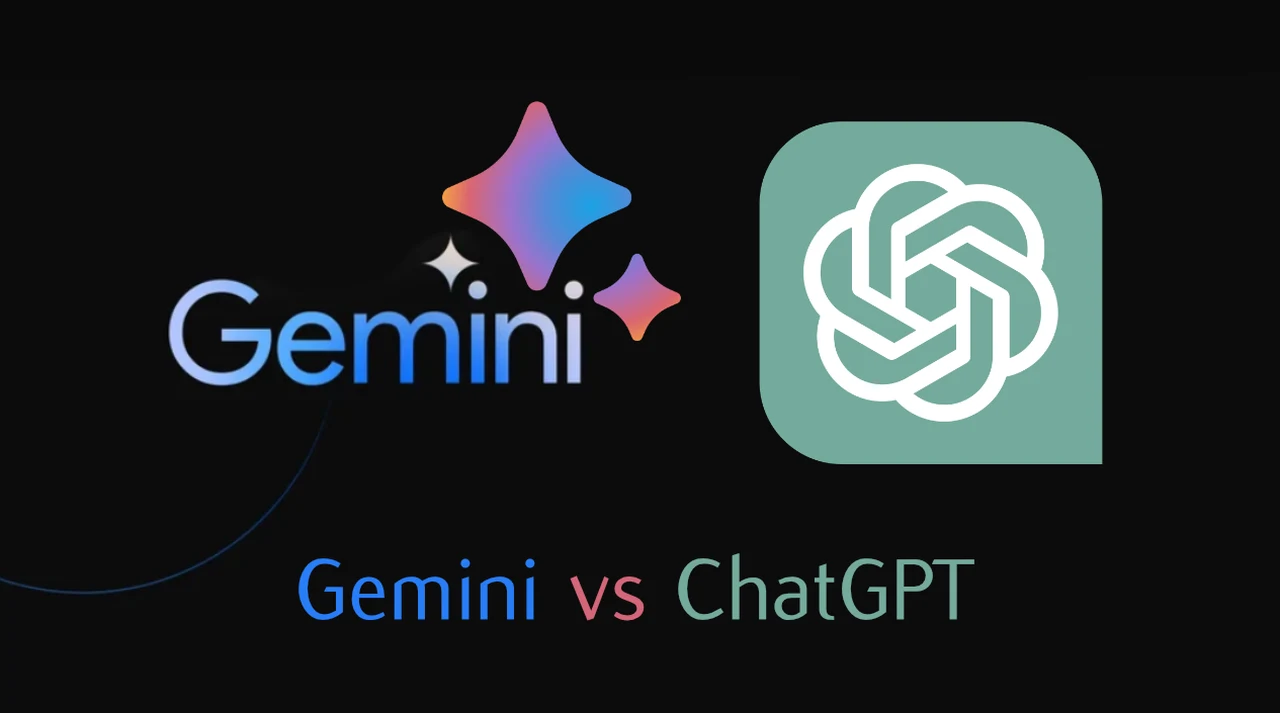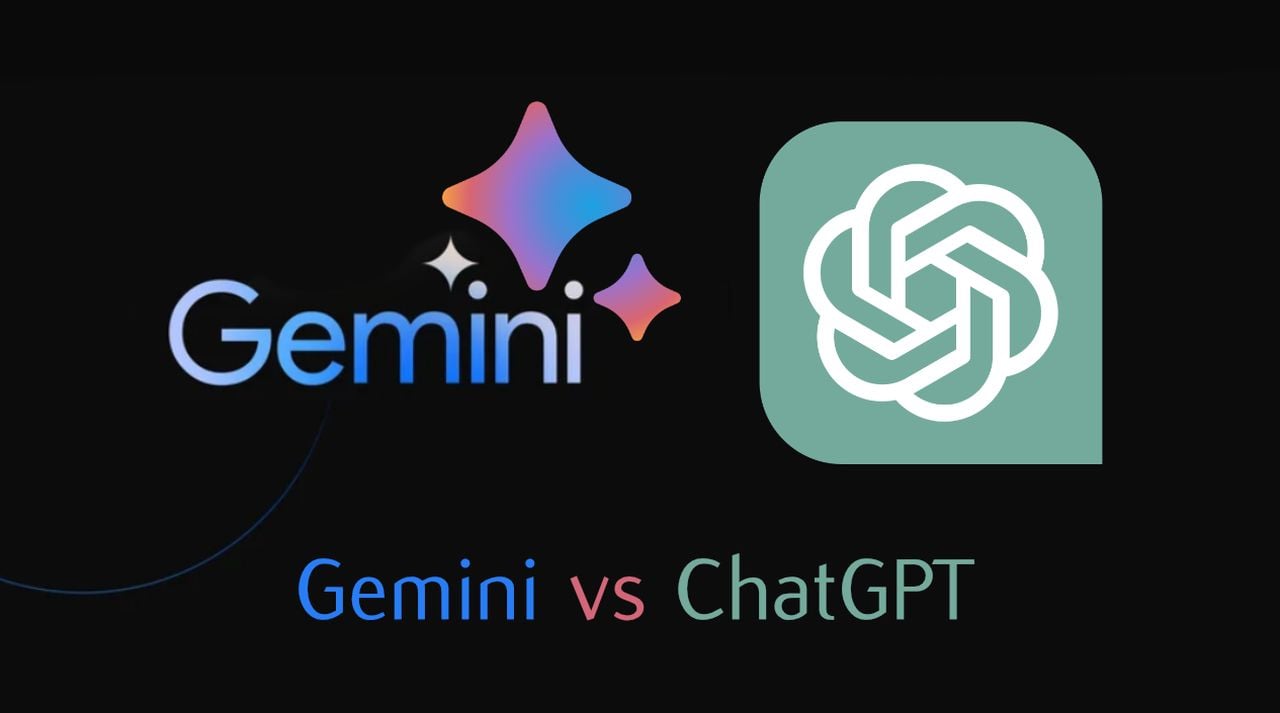
The world of artificial intelligence is evolving at an impressive pace, with new models emerging that are capable of performing a wide array of tasks. One of the more recent releases has been made by Google in the form of its new Gemini artificial intelligence. Google’s Gemini Pro is now directly competing with the likes of OpenAI’s GPT-3.5 and GPT-4 which are also leading the field in AI, each offering a suite of features that cater to different needs.
Google’s Gemini Pro features multimodal capabilities similar to that of ChatGPT, which allow it to understand and generate responses based on both text and images. This unique feature opens up a world of possibilities for more dynamic interactions and applications, distinguishing it from other AI models that are limited to text-only inputs.
On the other hand, OpenAI’s GPT-3.5 and GPT-4 are making a name for themselves in the realm of natural language processing together with the enhancements added by the release of ChatGPT-4 Vision and DallE 3. These models have significantly enhanced the way chatbots and customer support systems operate by providing conversations that are remarkably similar to those with a human. Their ability to understand and generate text has transformed the way we interact with machines.
A standout feature of both Gemini Pro and the GPT models is their streamed responses. This allows for a conversational flow that is both natural and immediate, which is essential for creating engaging and seamless user experiences. Whether it’s for casual conversation or more complex customer service inquiries, this feature is a key factor in the success of AI-driven interactions.
Gemini Pro vs GPT-3.5 vs GPT-4
If you are interested in learning more about the differences between the three major AI models currently battling it out for supremacy. You might be interested in an interesting comparison created by Tina Huang.
Here are some other articles you may find of interest on the subject of Google Gemini :
When it comes to embedding services in tasks like semantic search and text classification, these AI models are powerful tools. They can be seamlessly integrated into existing systems, enhancing their capabilities in language understanding and generation. This demonstrates the advanced potential of these AI technologies.
However, it’s important to be aware of certain limitations and requirements associated with these models, such as input token limits. These constraints can impact the complexity of the interactions and the depth of content that can be generated, which is an important consideration when choosing the right AI model for a specific task.
The performance of Gemini Pro, GPT-3.5, and GPT-4 varies depending on the task at hand. For instance, Gemini Pro excels in tasks that involve images, thanks to its multimodal nature. Meanwhile, GPT-3.5 and GPT-4 are more adept at handling text-based challenges, such as storytelling, search, and humor. While each model has its strengths and weaknesses, here’s a comprehensive overview of how they stack up against each other:
Gemini Pro
Gemini Pro, developed by Google AI, is a LLM that aims to address the limitations of previous generations of language models. It boasts a significant improvement in fluency and coherence, particularly in generating long-form text formats like essays, poems, and scripts. Additionally, Gemini Pro demonstrates enhanced creativity and ability to produce novel and original text formats, making it a valuable tool for creative writing and content creation.
One of the unique features of Gemini Pro is its ability to integrate with Google Maps, providing location-based responses. This is particularly useful for applications that require geographical context, offering a level of specificity that text-only models cannot match.
GPT-3.5
GPT-3.5, the latest iteration of OpenAI’s GPT-3 series, represents a significant leap forward in language processing capabilities. It introduces several improvements, including better semantic understanding, more nuanced responses, and enhanced ability to engage in open-ended conversations. GPT-3.5 also excels in tasks involving factual knowledge and reasoning, making it a powerful tool for research and information retrieval.
GPT-4
GPT-4, developed by OpenAI, is the most advanced LLM to date. It introduces a novel architecture that allows for deeper language understanding and more context-aware responses. GPT-4 demonstrates exceptional performance in tasks like summarization, translation, and code generation, setting a new benchmark for LLM capabilities.
As we compare Gemini Pro, GPT-3.5, and GPT-4, it becomes clear that the AI landscape is diverse, with each model carving out its own niche. Whether you’re looking for an AI that can handle both text and images or one that specializes in crafting engaging narratives, there’s a model designed to meet those specific needs. As these technologies continue to develop, they are set to unlock new possibilities and redefine the boundaries of AI’s capabilities.
Each of these LLMs offers unique strengths and capabilities. Gemini Pro excels in fluency, creativity, and originality, making it a great choice for creative writing and content creation. GPT-3.5 shines in factual knowledge, reasoning, and open-ended conversations, making it ideal for research and information gathering. GPT-4 stands at the pinnacle of language processing technology, offering exceptional performance across a wide range of tasks.
The choice between these LLMs depends on the specific needs and preferences of the user. For creative endeavors, Gemini Pro might be the preferred choice. For tasks involving factual knowledge and reasoning, GPT-3.5 could be more suitable. And for those seeking the ultimate in language processing capabilities, GPT-4 is the clear frontrunner.
Ultimately, all three LLMs represent significant advancements in artificial intelligence and are poised to revolutionize the way we interact with language and technology. As these models continue to evolve, we can expect even more impressive capabilities and applications in the years to come.
Filed Under: Guides, Top News
Latest timeswonderful Deals
Disclosure: Some of our articles include affiliate links. If you buy something through one of these links, timeswonderful may earn an affiliate commission. Learn about our Disclosure Policy.

